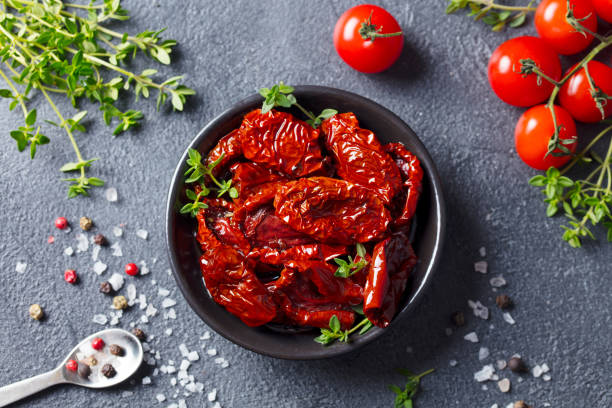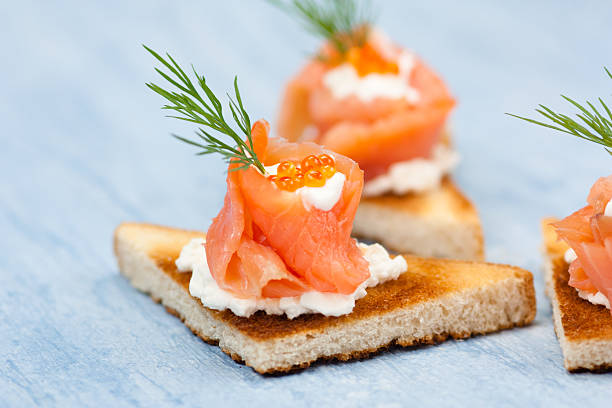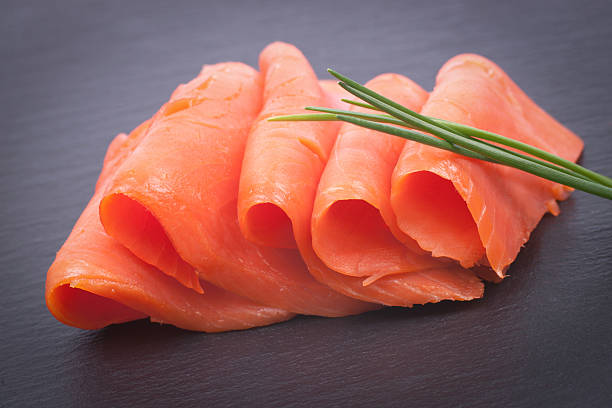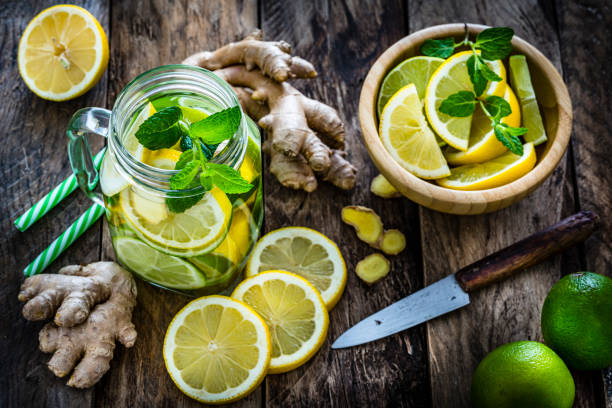It is a well-known fact that noodles make people happy – both for gourmet guests and creative cooks. Because fresh pasta in particular is cooked super fast, easy to combine, and still really sophisticated. No wonder the Germans have long since discovered their passion for fast pasta!
We eat around 8 kg of pasta per capita and year in this country. Admittedly, it is still a modest balance compared to Italy: Per capita consumption there is a whopping 30 kg per year. But we’re catching up – after all, our craving for pasta has roughly doubled since the early 1990s; Germans spend more than 500 million euros every year on pasta alone. And almost two-thirds of Germans eat pasta at least once a week.
Italian pasta is becoming increasingly popular, and although we have around 70 different varieties to choose from, spaghetti is still number one on the pasta charts. However, fresh pasta from the refrigerated section is also becoming increasingly popular, especially in bags and pouches with a fine filling.

By the way: The quick pasta from the refrigerated section not only tastes fantastic. Whether you prefer the classic stuffed pasta, place value on wholemeal, or prefer organic quality – there is guaranteed to be the right product for every taste and lifestyle.
Fast pasta: Enjoyment is a matter of minutes
And no matter what you choose: You can always conjure up super fast pasta with a high enjoyment factor from ravioli, tortelloni, Cappellini, or cappelletti in no time at all. Connoisseurs in a hurried mix the pasta, which is freshly cooked in just 2-3 minutes, e.g. B. simply with a little butter, sprinkle freshly grated Parmesan, Pecorino, or Grana Padano over it. If necessary, mix a small salad with it – and you have a delicious, quick dinner for the end of the day or a light lunch for the lunch break.
For those who still have a few minutes left, the quick pasta from the refrigerated section offers plenty of opportunity for creative cooking. It rarely takes longer than 15 to 20 minutes if you want to bring a dish with fresh pasta to the table like the Italian restaurant around the corner. A fine dinner for two or with friends in the middle of the week is easily possible – and because at least 90% of all Germans love pasta, you are always right.
Creative ideas for a quick pasta
So get creative! Here are a few ideas on how to create a delicious, quick pasta with little effort and always different ingredients:
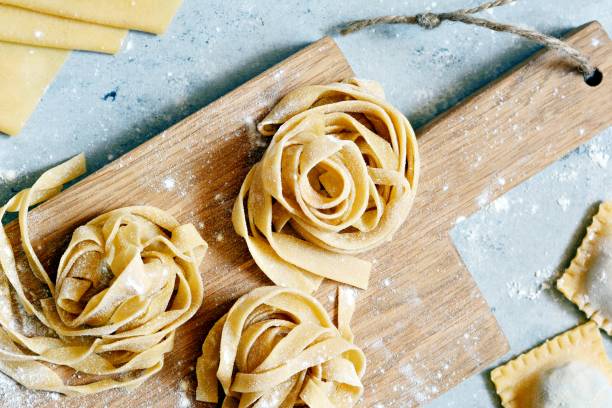
- Not only tempting for veggies: Pasta filled with vegetables and ricotta or mushrooms becomes an extra treat with freshly grated hard cheese, freshly chopped herbs, and diced tomatoes.
- Popular and delicious for a quick pasta: simply serve with pesto! You can easily do this yourself, with a powerful mixer it hardly takes longer than the pasta needs to cook. If you don’t have the time or desire to do so, you can also get fresh pesto ready-made from the refrigerated section. Our tip: It becomes particularly sophisticated and appetizing if you mix the pasta half with red and half green pesto and then decorate with fresh basil leaves and possibly a few pine nuts.
- Whether with a vegetarian filling or with meat inside: the quick pasta from the refrigerated section plus fresh or frozen vegetables turn a broth into a full-fledged, filling soup à la minestrone at lightning speed.
Fancy something delicious from the oven? It doesn’t have to take long at all. Simply put tortelloni or other freshly filled pasta with vegetables or a ready-made sauce in an ovenproof dish. Then layer the mozzarella on top and bake in the oven until golden brown. - If you prefer something fresh, then you can also use your all-around talents very well. Whether it’s a lukewarm vegetable salad with ravioli, a spicy Cappelloni salad with avocado and chili, or a Cappelloni-Caprese salad: these or other salads to fill you up are on the table in about 15 minutes with quick pasta from the refrigerated section!
- Anyone who likes it nice and crispy on the outside and wonderfully creamy on the inside will also be delighted with the brand new pan pasta. Fried with butter or olive oil, this quick pasta offers endless combinations: with vegetables or mushrooms, with or without meat, poultry, fish, or scampi…

